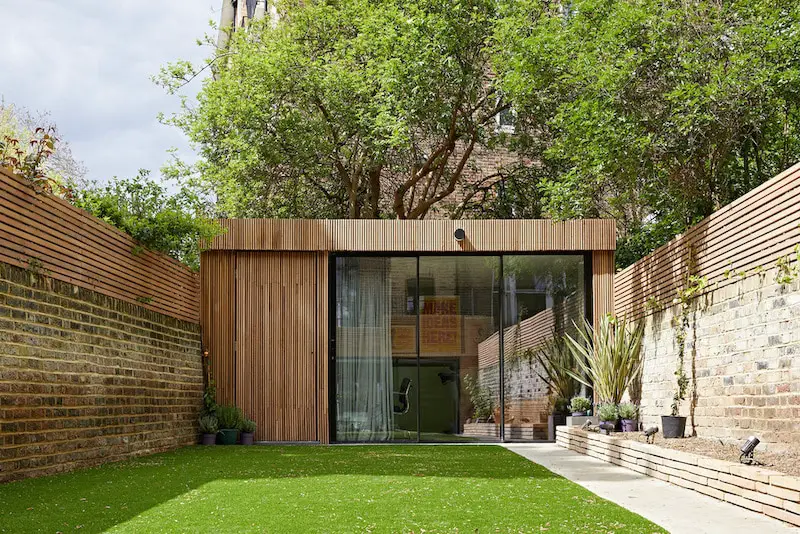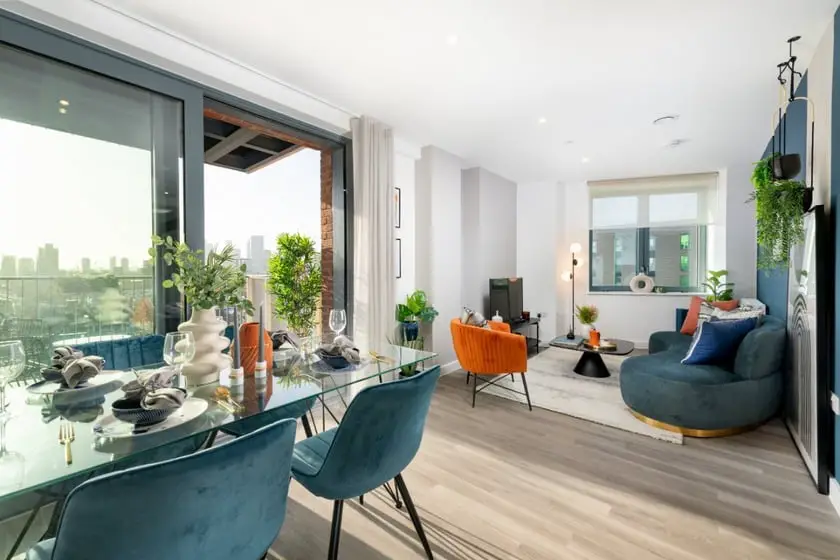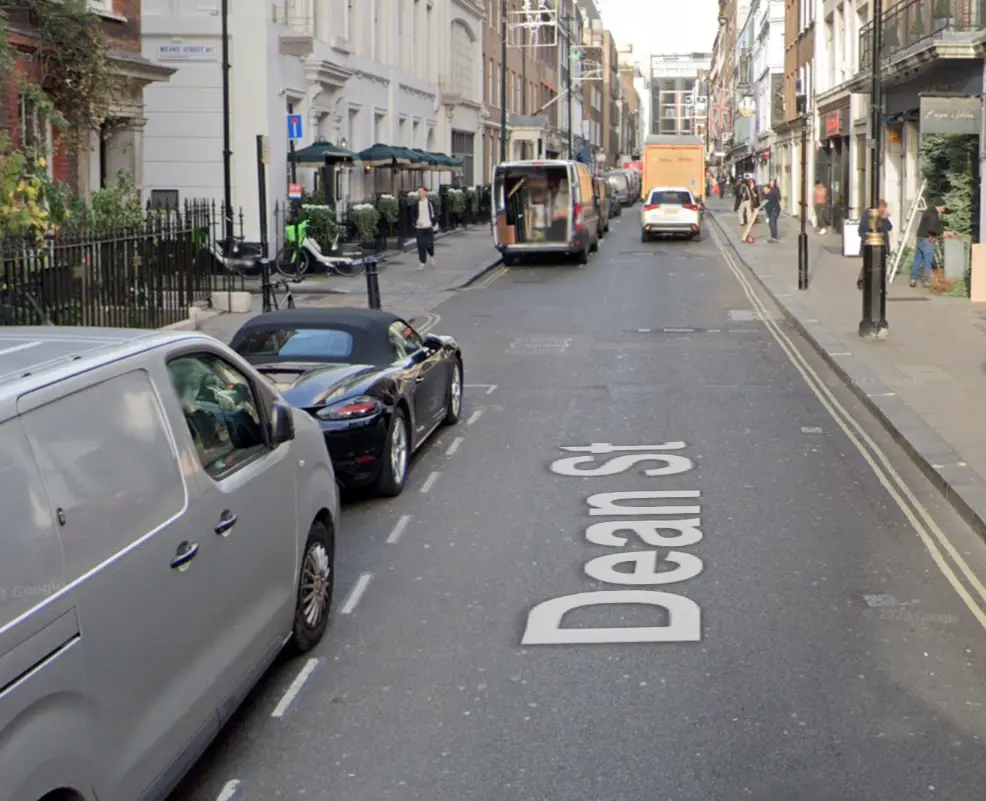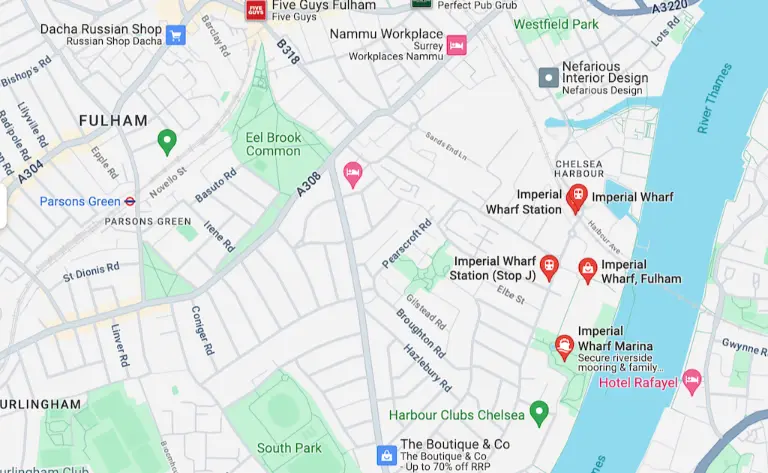For many homeowners in the UK, adding an annexe to their property can be a perfect solution for accommodating extended family or even generating rental income. These self-contained spaces, often complete with their own bathroom, kitchen, and living area, offer an attractive blend of independence and proximity. Whether you’re considering a granny annexe for an elderly relative or merely a space that offers more flexibility, it’s essential to understand the associated costs, planning permissions, and tax implications.
The Cost of Building an Annexe
Building an annexe comes with a range of costs, depending largely on the size, design, location, and materials used. On average, for a modestly designed annexe, homeowners might expect to pay anywhere from £30,000 to £70,000. This estimate can go up significantly if one opts for luxury finishes or bespoke designs. Remember, these are ballpark figures, and the true cost can vary. It’s always a good idea to gather several quotations from builders to get a clearer picture tailored to your plans.
Some factors influencing the cost include:
1.Size and Design: A more significant space or a design that requires intricate architectural work will cost more.
2.Utilities: Connecting the annexe to electricity, water, and sewage lines can add to the cost. If utilities need to be extended from the main house, this can also increase expenses.
3.Materials: Premium materials or special requests, like underfloor heating or skylights, can push the cost higher.
4.Labour: Depending on the complexity, the duration of the build can vary, affecting labour costs.
How Much Does it Cost to Build a Granny Annexe?
A particular type of annexe, often termed a ‘granny annexe’, is specifically built to house elderly family members. They are designed keeping in mind the accessibility and comfort of its senior residents. The cost of building a granny annexe is largely in line with the general costs mentioned above, but additional features such as ramps, handrails, and potentially medical equipment can add to the costs.
Planning Permission for Annexes
Typically, adding an annexe to your property does require planning permission, as it’s viewed as a form of extension or a separate dwelling. The specifics can vary depending on your local council and the size and purpose of the annexe. In some cases, an annexe might fall under ‘permitted development rights,’ which means you wouldn’t need formal planning permission. However, it’s crucial to always check with your local authority before commencing any building work.
Council Tax Implications
Understanding the council tax implications is vital when considering building an annexe. Typically, annexes can be subject to council tax. If you’re renting it out as a separate dwelling, expect a separate council tax bill, assigned to its own band.
However, there are discounts and exemptions:
-A 50% discount might apply if the annexe is occupied by a dependent relative, such as an elderly parent.
-If the annexe is unoccupied but still used by the main house’s residents, you might be eligible for a 50% council tax discount.
-Certain granny annexes occupied by relatives aged 65 or over, or those who are severely mentally impaired, might be exempt from council tax.
In cases where the annexe remains empty and isn’t let out due to planning restrictions, it’s typically exempt from council tax.
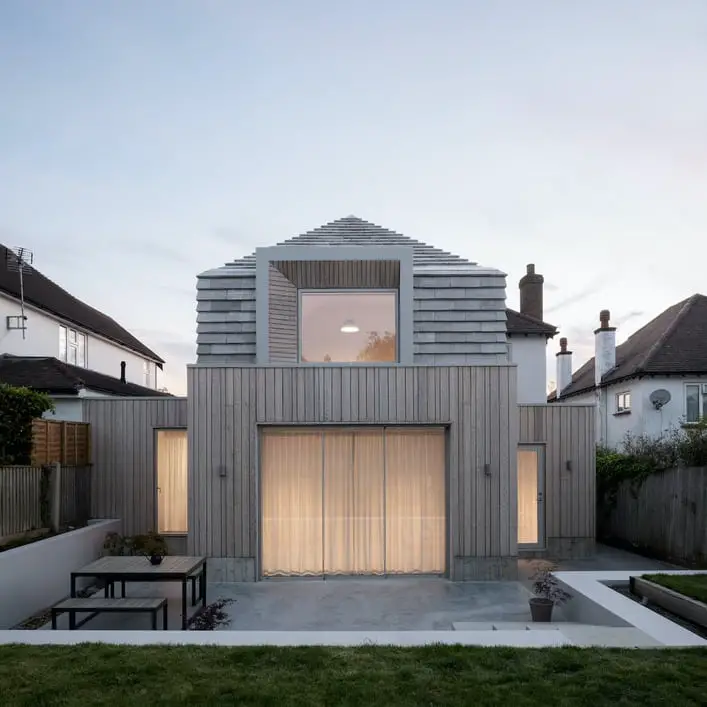
Building an annexe in the UK offers a plethora of benefits from providing a close-knit family solution to potentially generating a rental income. However, it’s essential to factor in all associated costs, understand the need for planning permissions, and be aware of the council tax implications. A well-informed decision will ensure that your annexe serves its purpose and adds value to your property without any unwelcome financial surprises.

